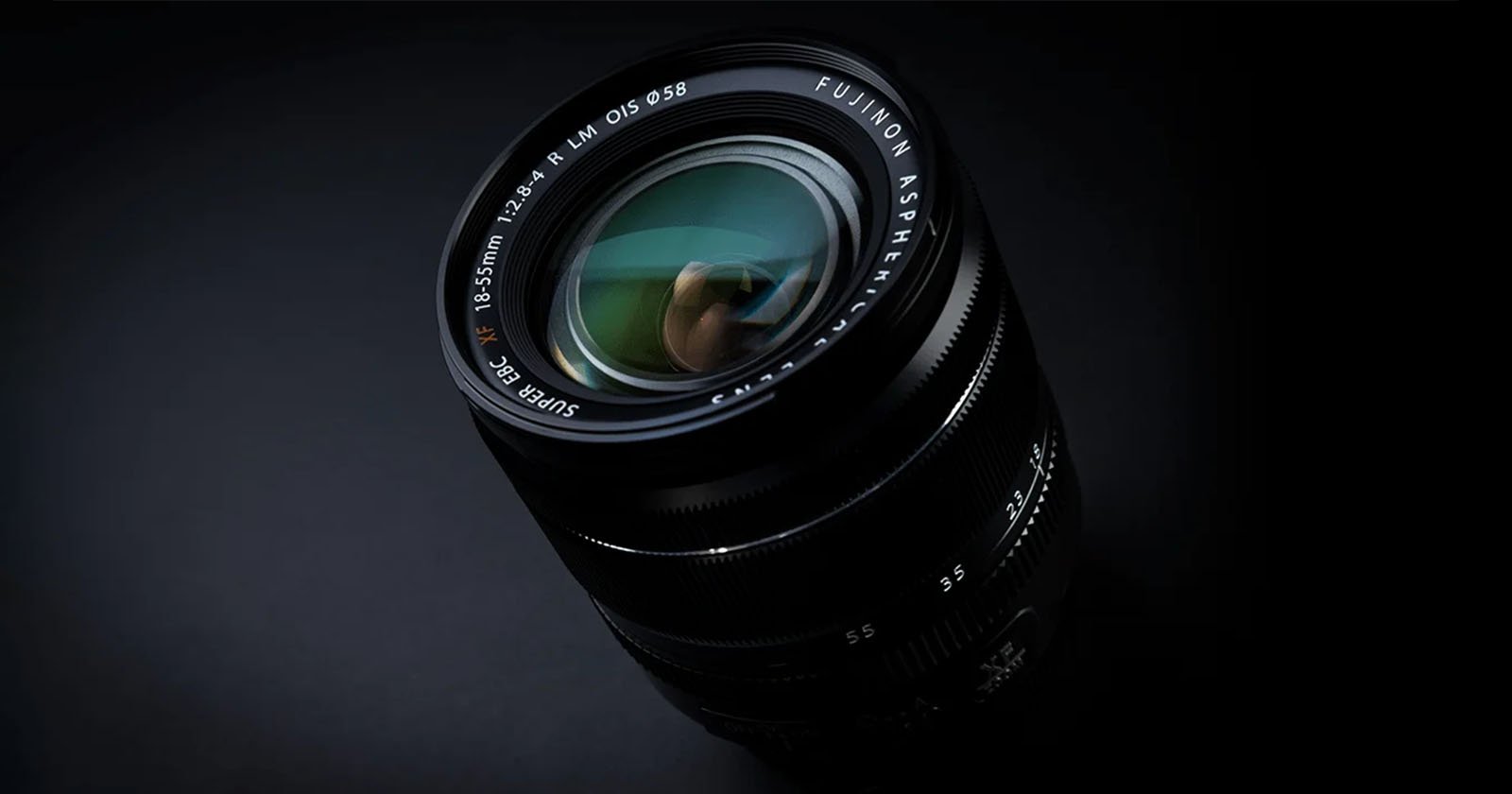
[ad_1]
While photographers can still get their hands on the Fujinon XF 18-55mm f/2.8-4 R LM OIS lens, it will no longer be the kit lens of choice for Fujifilm cameras, including for the new Fujifilm X-T50 camera. Supplanted by the new XF 16-50mm f/2.8-4.8 R LM WR, the XF 18-55mm f/2.8-4 proved challenging for competitors to match — not for a lack of ability, but a lack of desire. The Fujifilm XF 18-55mm f/2.8-4 R LM OIS has been around for a long time. It was announced in September 2012 alongside another great Fujifilm X Series lens, the XF 14mm f/2.8 R. The XF 18-55mm f/2.8-4 has long been a kit lens option for many of Fujifilm’s mid- and high-range cameras, a sort of “upgrade” option over the company’s XC 16-50mm f/3.5-5.6 OIS and later XC 15-45mm f/3.5-5.6 OIS PZ lenses. It may sound hyperbolic, but the XF 18-55mm f/2.8-4 is the most important Fujifilm X Series lens ever made. It has been the “first impression” lens for many photographers purchasing their first Fujifilm X Series camera and, in many cases, their first interchangeable lens camera. No, the XF 18-55mm is far from Fujifilm’s best X Series lens, although it is undoubtedly a great standard zoom lens and certainly one of the most-owned XF lenses. But it matters so much because of what it provides to new shooters. While many kit lenses are stopgap measures, something you have to take decent photos while you learn how to use your camera and save money for an upgrade, that is not what the XF 18-55mm f/2.8-4 is. It is not a temporary solution waiting to be replaced. It is an entirely suitable long-term standard zoom lens. Sure, photographers may have wanted something a bit wider, longer, or faster for different types of photos, but that “24-70mm” range (27-83mm, in this case) was suitably covered.
While the immediate benefit of a good kit lens is obvious when it comes to saving money, the initial feeling of using it is much more important. A good lens shapes the entire experience of using a new camera. It cannot be overstated how essential a budding photographer’s initial experience is to their long-term interest in the craft (and a specific brand). And little harms that experience more than a lousy kit lens. The Fujifilm X-S10 with the XF 18-55mm kit lens (October 2020) There’s a reason the term “kit lens” has achieved a negative connotation. Most companies, Fujifilm not among them, don’t endeavor to make a great kit lens. I’m not going to name any names, but I have spoken to camera companies about kit lenses before, and responses consistently touch on two primary concerns. How can a company make a good and affordable lens? This is a tough problem to solve, and it is made more challenging by the second concern: how do you make a kit lens that is good enough to deliver a positive experience but not so good that someone won’t want to purchase additional lenses? Fujifilm X-T30 II with the XF 18-55mm kit lens Fujifilm focused on that first problem with the XF 18-55mm f/2.8-4 and ignored the second one entirely in favor of answering a third question. “How do we make a lens that makes new users excited to stay in the Fujifilm family?” If you get a photographer in the door and ensure they have a great time, they will stick around. And if they stick around, they will inevitably purchase more lenses (and cameras) over the years, as they run into situations that can only be solved with different lenses. Not necessarily better, but different.
Fujifilm took a long-term view with its legendary kit lens, and it paid significant dividends. While other manufacturers were thinking of ways to sell more lenses as quickly as possible — a reasonable approach, by the way — Fujifilm focused on using its camera kits to build positive, lasting relationships with photographers. This bold direction proved fruitful, and hopefully, the new XF 16-50mm f/2.8-4.8 kit lens will be as good at forging powerful, lasting bonds with new photographers as its predecessor, the lens no one else dared to make. Image credits: Fujifilm
[ad_2]






